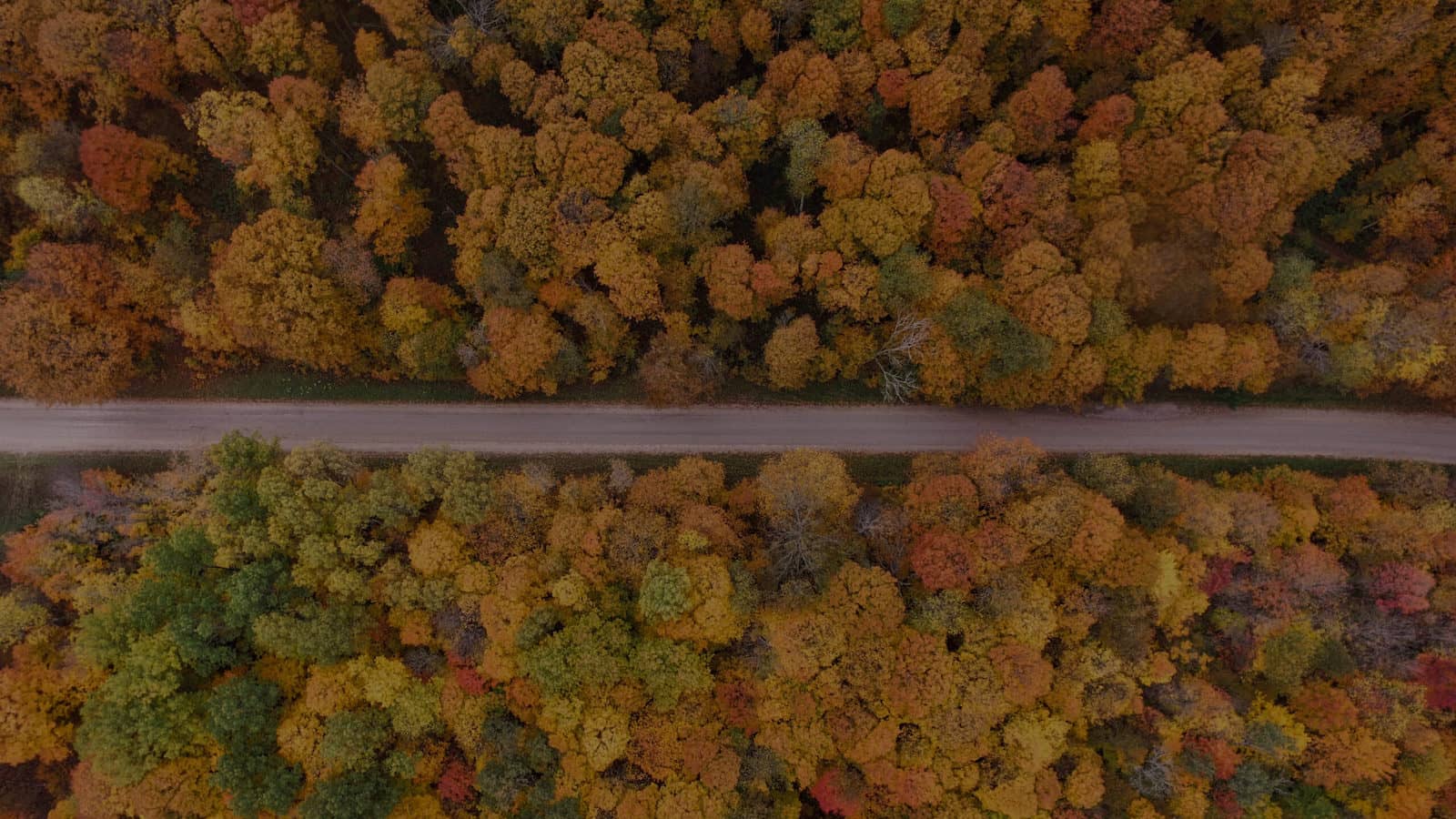Since the pandemic began, COVID-19 has drastically changed how Americans live, work and travel. Workplaces and schools quickly became remote, creating more opportunities to live and work in a different setting – one that may be a favorite vacation destination or a new, off-the-beaten path area to socially distance. This increased long-term mobility and travel is leading to heightened exploration of relocation, leading to long-term economic impact in traditionally destination locations.
Currently, travelers are looking for destinations with strong COVID-19 protocols and opportunities for lots of outdoor recreation. Those attributes are also attractive to work-from-anywhere professionals and their virtual-school age children. The families that relocate are often leaving dense, crowded urban areas in exchange for safer (hopefully), more remote, under-populated resort areas.
As a result, real estate markets are growing quickly. The new arrivals perceive the housing prices to represent a decrease from their urban real-estate market. They don’t believe they are paying a premium, they feel like they’re getting a bargain.
More importantly, these new full-time residents do not think of themselves as tourists. Many of them have been vacationing in these places for years, either as second-home owners or as frequent visitors. They feel like they’re already part of the fabric of the community. And quite often, they are.
So, the new paradigm looks like this: from visitor to frequent visitor to second home purchaser to full-time resident. The pandemic has rapidly accelerated this new visitation lifecycle process. While this lifecycle may have been a common progression in the past, the pandemic has rapidly accelerated the process, pushing the residential phase up potentially by years or decades for many people. This trend has many positive implications for destinations, from increased word-of-mouth marketing to increased tax bases to make infrastructure improvements which attract additional visitors.
One example of an area that is currently benefitting from this trend are mountain resort communities throughout both New England and the Rockies, or western states. The influx of full-time residents represents a new group of loyal fans who will amplify the message that the destination is worth visiting. The first growth market will be the friends and family of the new residents, followed by that group’s own network who share and highlight their experiences on their social media outlets.
We know the heartbeat of a destination comes from those who live in the community and contribute to the quality of life that visitors want to experience. Our work with Shenandoah directly supports this. We spoke with visitors turned residents and learned that people love to visit Shenandoah County from Washington, D.C. because it was a way to escape the hubbub of the capitol city. In addition, from a nostalgia point of view, it took them back in time to a quintessential American small town, where people are nice, say hello and slow down to enjoy life. We encourage visitors to “Find Their Way Back to Shenandoah County” and we’re noticing many people wanting that experience for prolonged stays or even permanently.
In the future, our Fuseideas tourism team predicts the shift to working remotely will continue and it will open doors for extended travel, second homes and relocation based on quality of life, happiness and community. As destination marketers, we encourage you to listen to your residents about why they love living where they live. And consider it useful information from the locals! They just might help you attract future visitors and potential new members to your community.



